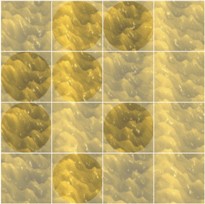|
CONDENSED MATTER PHYSICS - F5
Departmental web pages Head of Department Secretary
The investigations of soft matter, surfaces and nanostructures are focused on liquid crystals with a strong emphasis on colloidal self-assembly in 2D and 3D, phase separation and interfacial ordering at surface templates. In the field of nanostructures, we are focused on the synthesis of anorganic nanotubes, nanoropes and belts, and we are studying directed assembly of single atoms and molecules at surfaces. We have recently developed a new method for the single-molecule synthesis, based on the low temperature Scanning Tunneling Microscope. We are succesful in the application of liquid crystals in light shutters and modulators. Our research programme in experimental biophysics is focused on the physics of cell membranes and transport of biologically active materials across lipid membranes. We are using spin labelling EPR techniques to explored processes and structures of various complex systems including the effects of various bioactive. We are using in vivo oxymetry techniques for the optimization of medical treatment in tumor therapies, as well as the magnetic resonance imaging techniques and mathematical modeling of biological and granular materials with applications in wood science, constrained diffusion and food processing. The department is among the leading European laboratories for magnetic resonance.
|
J. Stefan Institute, Jamova 39, 1000 Ljubljana, Slovenia, Telephone: +386 1 477 39 00 |


